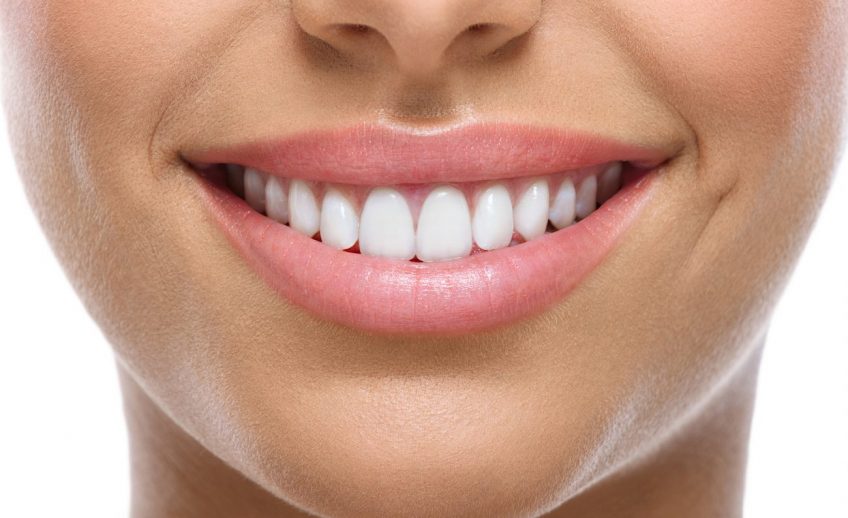Braces and orthodontics are mainly associated with teens or adults looking to correct teeth and jaw misalignment for personal and professional reasons. But, for many individuals the best time to seek orthodontic treatment isn’t in adolescence or adulthood, but in childhood.
Early childhood orthodontic treatment allows parents to circumvent their child’s tooth misalignments before they develop or at least lessen the severity of misalignments. According to Dentists’ studies, the optimal age for an orthodontic evaluation is at the age of seven. This is the general age where the first molars and incisors surface, which allows orthodontists to determine if there will be misalignments.
Between the ages of seven through eleven, the jaw and mouth is still growing and forming. This gives orthodontists an edge as the treatment is actually preventative interception rather than alteration of established misalignments.
Benefits
Childhood orthodontics, or interceptive orthodontics, can often be less invasive and even less painful than treatment for older age groups. Often, when orthodontists work on older patients, correcting problems such as overbites, underbites, crossbites, and crowding requires tooth extraction to provide room for adjustments. In treating a child, however, the jaw and teeth aren’t in fixed positions, allowing orthodontists to proactively mold the teeth and jaw into optimal positioning without pulling teeth.
According to studies, when treating children, orthodontists will often use a palatal expander to widen the upper dental arch. Though this sounds painful, it provides the space needed for adult teeth to emerge in an aesthetically sound position without the trauma of pulling teeth.
The American Academy of Pediatric Dentistry (AAPD) states that while interceptive orthodontics provides space for adult teeth to properly emerge; the teeth and jaw may still develop misalignments.
Braces or Invisalign?
The “braces versus Invisalign” argument is well documented throughout dental Web sites and various other information sources. But, this debate often changes depending upon the type of patient, and this is ever more true when considering orthodontics for children.
Dentists believe that when choosing the right treatment, the decision should start with knowing your child. There are several options out there, from traditional braces to invisible braces to Invisalign, but the success of any of these options depends solely on the child’s comfort levels and sense of responsibility.
In addition, Invisalign are removable trays that are worn at all times except during meals. These require high levels of responsibility as they are easy to lose or break. Also, if the child can’t handle the discomfort of adjustments, he or she may be tempted to take out the trays, which prolongs treatment and affects the final results of treatment.
Braces are a series of metal brackets and wires that fasten directly to the teeth. Braces gradually move teeth with a series of adjustments made by orthodontists. These benefit child patients as they can’t be removed, but can be embarrassing at times.
Some kids like choosing their own color bands for their braces. But other kids feel uncomfortable wearing braces. Parents need to recognize this and work with their children just as much as their orthodontist. There are options, thankfully, and kids and parents can both walk away with the right equipment and the right mindset going into treatment.
Eating habits and hygiene are other areas to consider notes. Some hard foods and candy can damage orthodontic equipment, and without diligent cleaning, braces and Invisalign can build up bacteria, which will create problems such as cavities and plaque buildup.
Treatment
Treatment time for interceptive orthodontics varies per patient depending on the amount of care needed. Generally, braces and Invisalign take approximately the same amount of time to correct misalignments, with Invisalign taking a slight edge.
Parents considering orthodontics for their children should consult an orthodontist for an evaluation. The orthodontist can then determine if orthodontics is needed, and when the best age for treatment would be.
Courtesy of ezinearticles.com by Aly Kanani
 201 Nicholson Street Abbotsford VIC 3067
201 Nicholson Street Abbotsford VIC 3067
